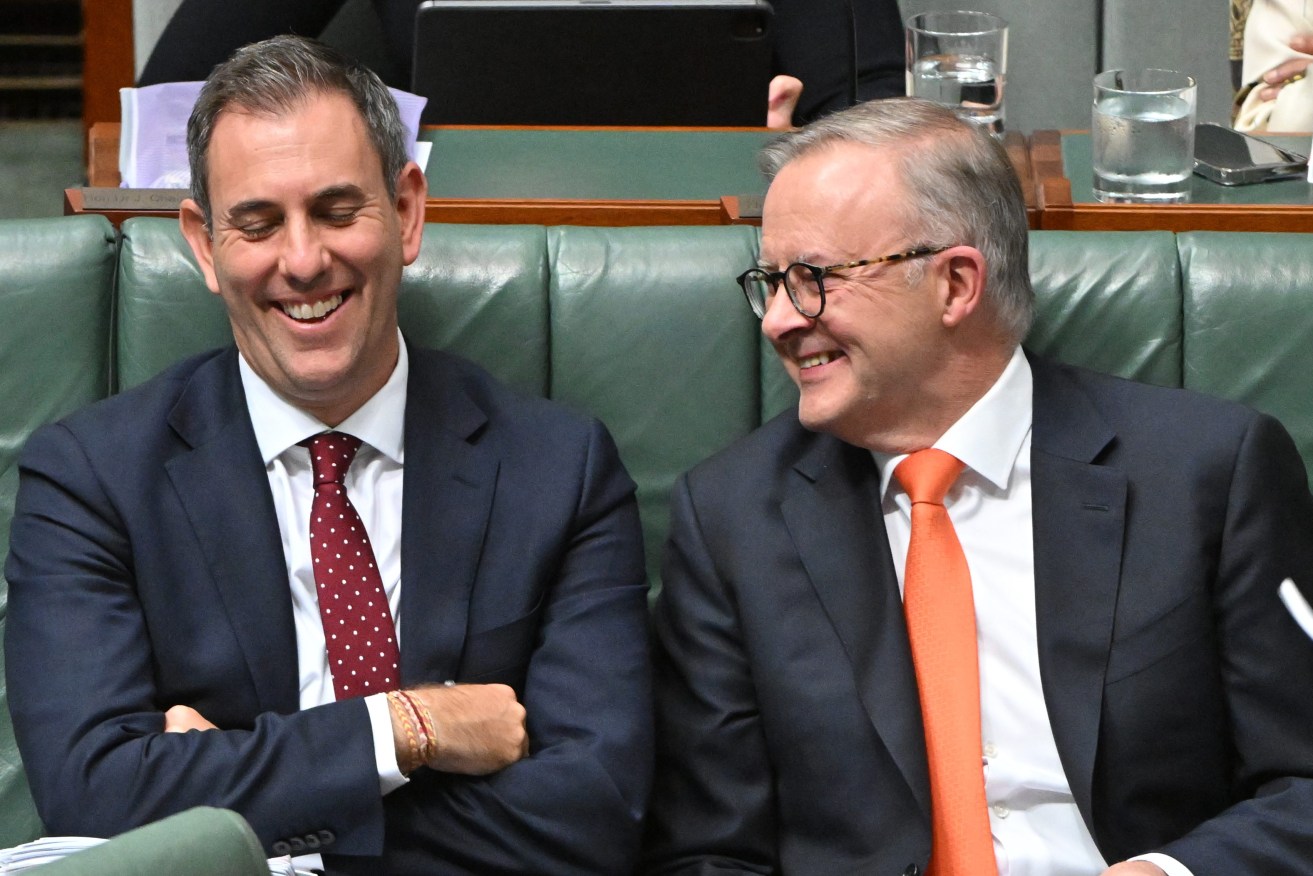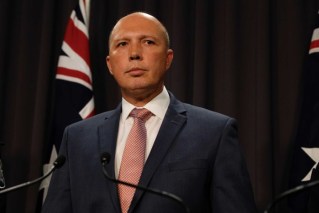Opportunity of the next century – the mines that will lift Aussie kids out of poverty
The treasurer wants to see Australia’s critical minerals needed to fuel the low carbon transition lifting children out of disadvantage, as seen in the mid-2010s boom.

Treasurer Jim Chalmers and Prime Minister Anthony Albanese in the House of Representatives at Parliament House. (AAP Image/Mick Tsikas)
New government research shows the mid-2010s mining boom triggered a sharp uplift in economic mobility in Queensland and Western Australia that Jim Chalmers would like to see replicated.
“Mobility is all about how easy or hard it is for a kid from a disadvantaged background to become more prosperous themselves as an adult,” he said on Friday.
He said the new Treasury analysis revealed strong upwards mobility in WA and Queensland early in the last decade that was partly driven by mining creating good local jobs.
Now the treasurer envisions mining for minerals such as bauxite, copper and nickel to supply clean energy technologies will fuel another round of well-paid jobs.
“And through all of that, there are huge opportunities to create new, high-skill jobs up and along the value chain – through processing, refining and manufacturing,” he added.
Dr Chalmers has previously identified Australia’s rich critical mineral resources as the nation’s opportunity of the century.
The Labor government is preparing an update to the critical minerals strategy, with the former coalition government releasing a refresh to its plan earlier this year.
The Treasury analysis on economic mobility has also revealed Australia is on par with Sweden and streaks ahead of the US when it comes to income mobility.
Australia remains a highly mobile country compared to the US in terms of incomes, with a child born in the bottom 20 per cent in Australia over 60 per cent more likely to reach the top 20 per cent than if born in the US.
Plus, the link between a person’s income and their parent’s income is less pronounced in Australia than in the US.
The analysis, which drew on Australian income data from adults born between 1978‑1982 to see how that generation’s earnings compared to their parents, also foreshadowed a slowdown in income mobility between generations.
The proportion of young people earning higher incomes than their parents remains high but is starting to slip, with slowing productivity in developed nations contributing to dampening mobility between generations.
The treasurer also commented on the more pressing economic headwinds facing the Australian economy.
He remains confident Australia can avoid a recession despite International Monetary Fund and World Bank predictions of choppy waters for the global economy in 2023.
“‘We’ve got a lot of things going for us in Australia – low unemployment, the beginning of wages growth, good prices for what we sell the world.
“But we won’t be immune from a global downturn, the worst in 15 years, so I’m optimistic but realistic as well.”












